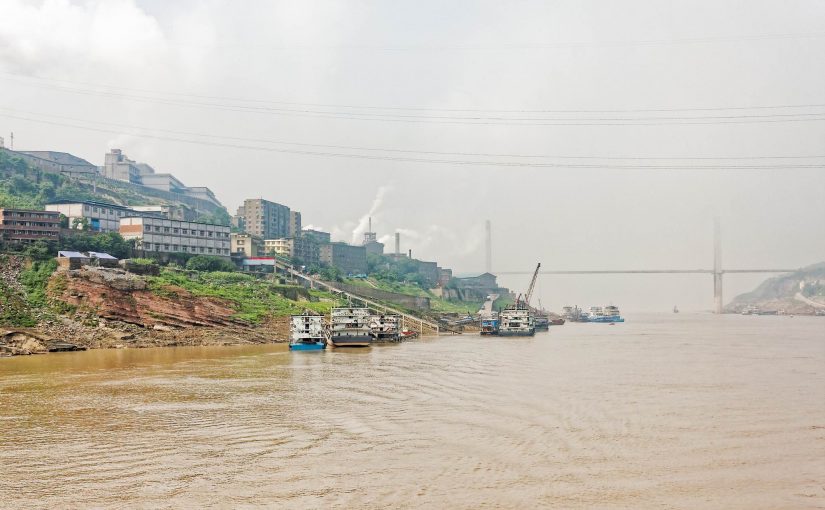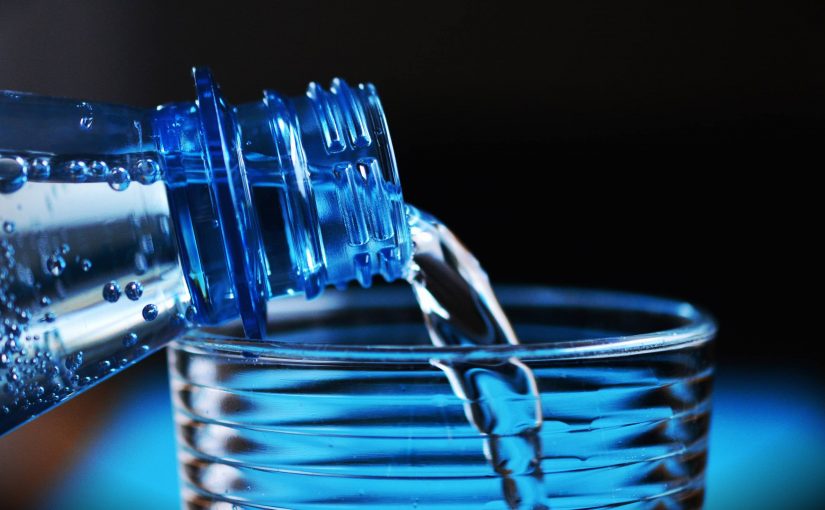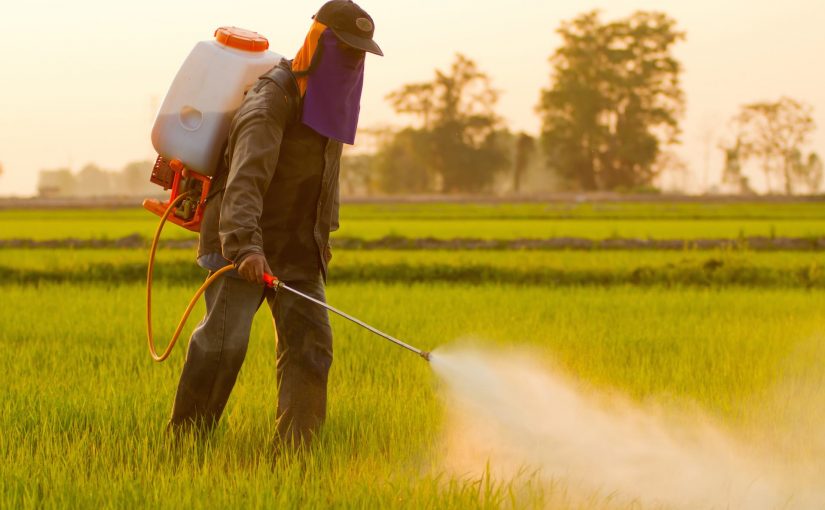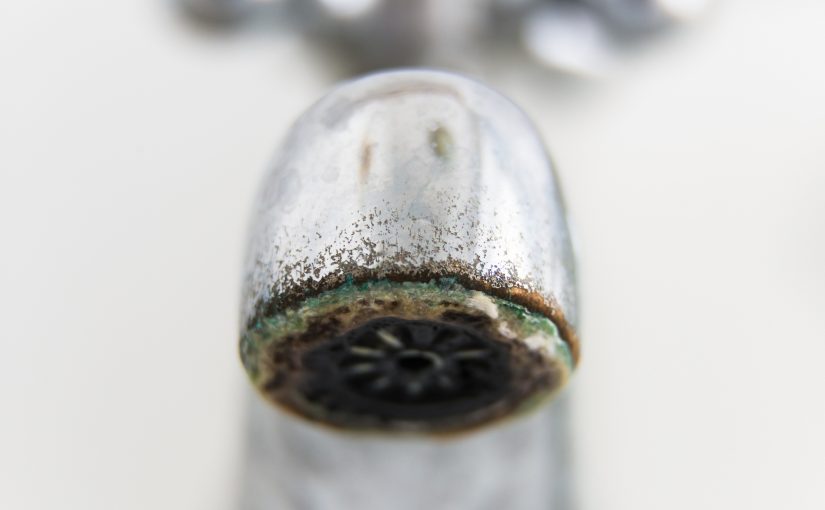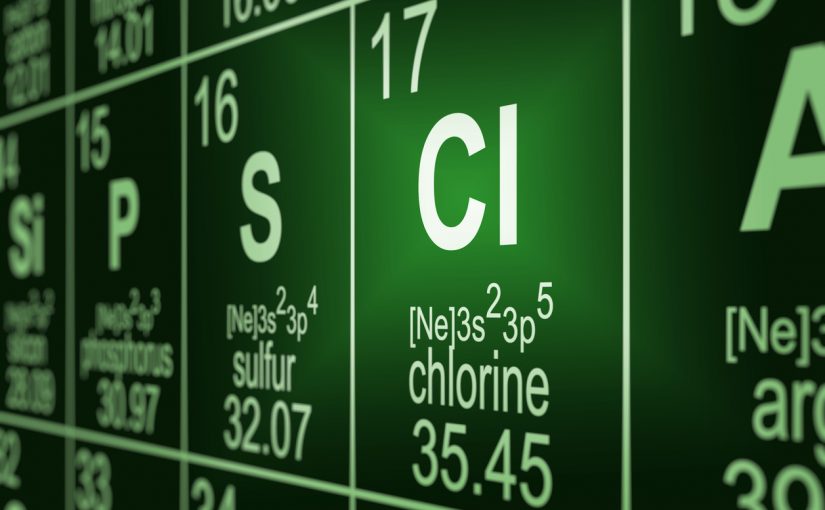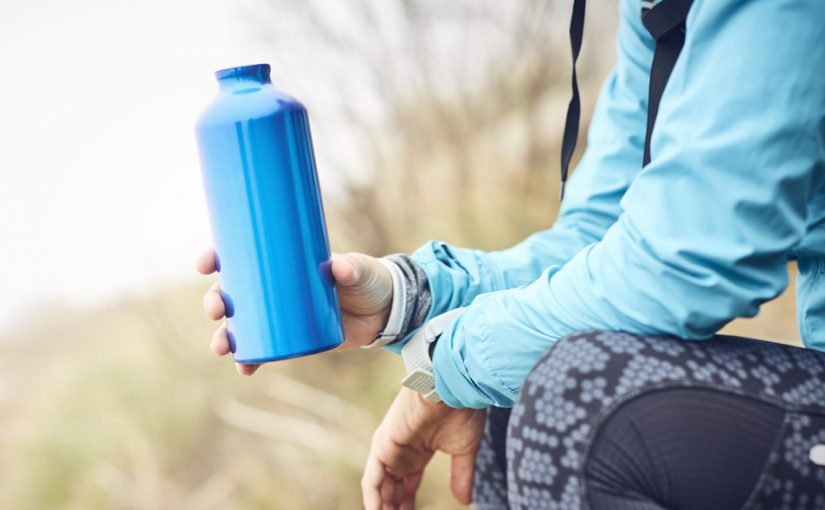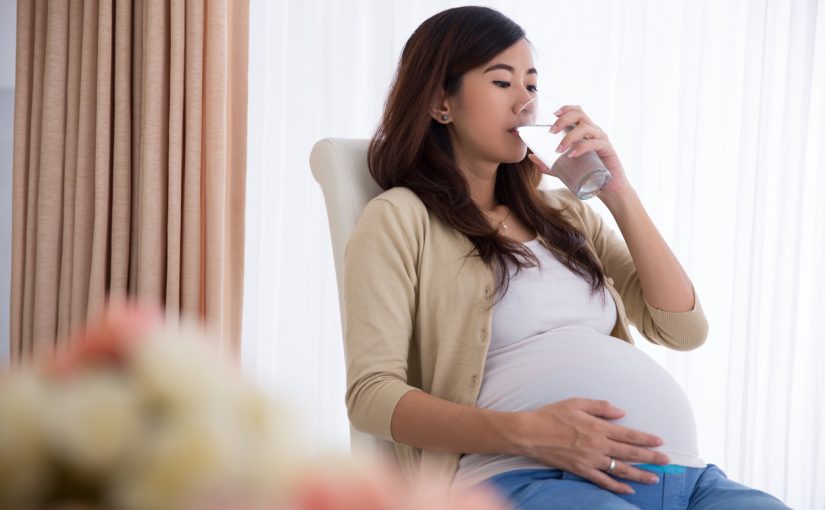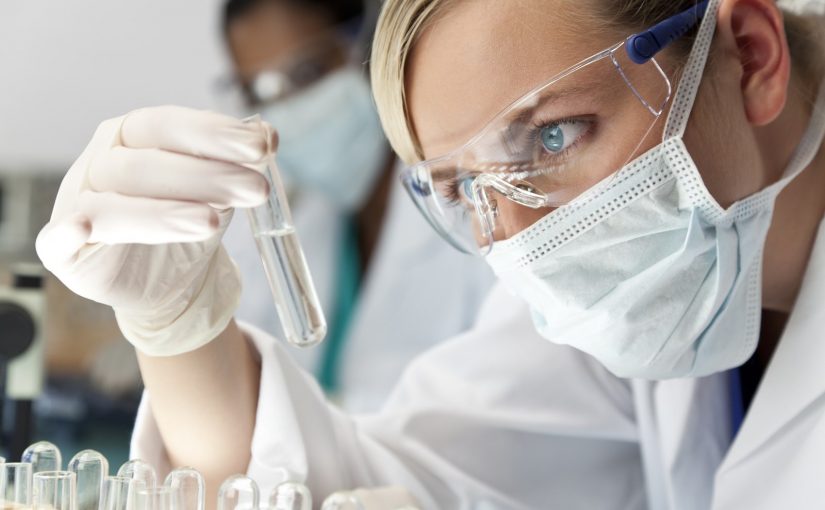The purity of drinking water is extremely important to us at WaterChef. At the supermarket, we take the time to examine where our produce and meats come from. So why is it any different with the water we drink? We believe it’s equally important to be informed of where the water in our home taps comes from, and how to make sure it’s the healthiest and purest possible for our bodies. So where does Hong Kong tap water come from?
You may not be aware that 70-80% of Hong Kong’s public water is actually sourced from China, from the Dongjiang river. The local catchments which source from rainfall only make up 20-30% of water used in Hong Kong.
Dongjiang is a tributary of the Pearl River, which flows through Guangdong province. It provides water not only for Hong Kong, but also for Heyuan, Huizhou, Dongguan, Guangzhou, and Shenzhen.
Guangdong authorities are responsible for maintaining the quality of the water from Dongjiang, and the Hong Kong Water Supplies Department also monitors it once it arrives in the city’s reception point.
The water is treated using “chemical coagulation, sedimentation (at most treatment works), filtration, disinfection by chlorination, pH value adjustment, chlorination and fluoridation” (source: Water Supplies Department).
Although the drinking water meets general WHO standards, what concerns us are all the additional contaminants, even in tiny trace amounts, which technically meet standards, but can still be harmful to our bodies.
In fact, the Water Supplies Department states on their website that “A small amount of residual chlorine is maintained in the treated water to prevent contamination in its journey to your tap.”
On top of this, there is also no monitoring of the pipes on private properties that deliver water from the city sources to individual home taps. Recent scandals regarding lead in water prove that not all housing developments are trustworthy when it comes to quality of drinking water pipes.
This is why when it comes to Hong Kong drinking water and the health of our loved ones and families, we prefer to use our premium drinking water filters to guarantee that the water we consume is safe and healthy.
We’ll be continuing this investigation into the safety of drinking water in Hong Kong. So follow along on our blog & Facebook page!
Source: https://www.wsd.gov.hk/en/core-businesses/total-water-management-strategy/dongjiang-water/index.html
https://www.wsd.gov.hk/en/publications-and-statistics/pr-publications/the-facts/index.html
